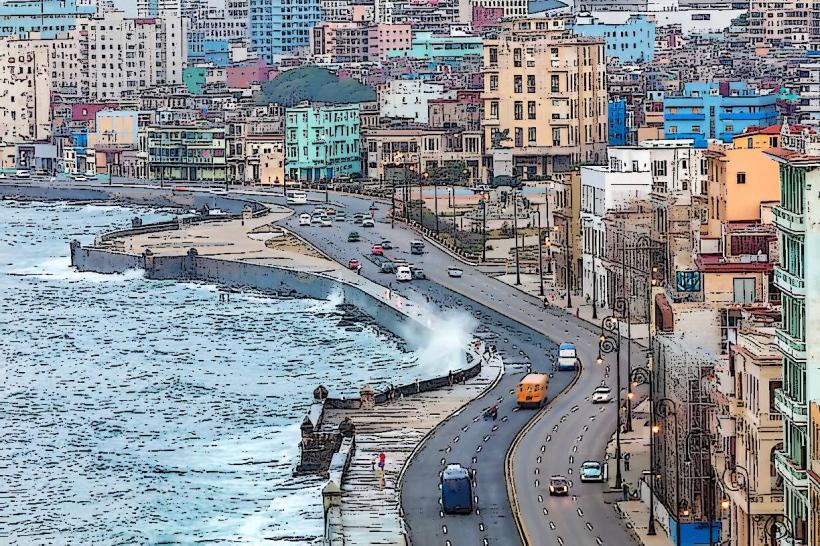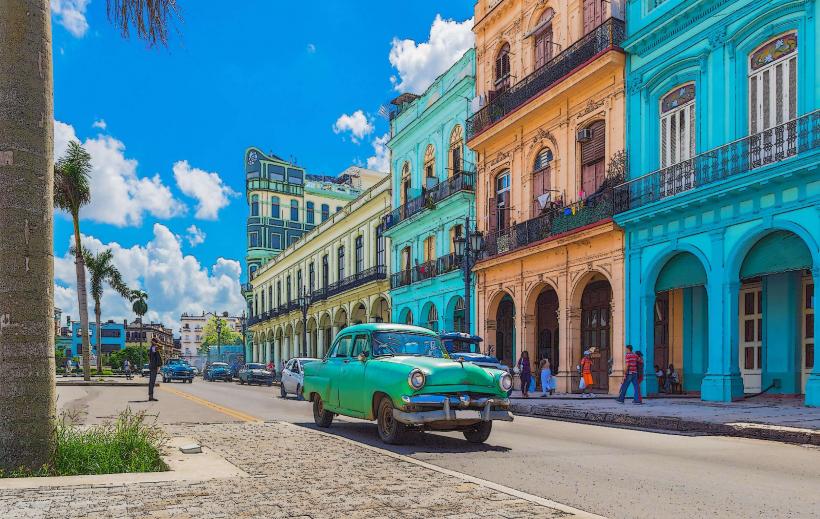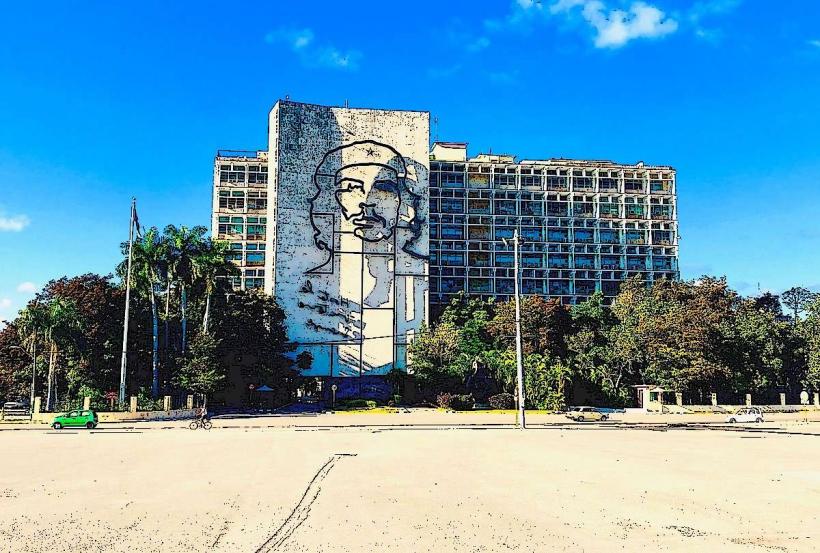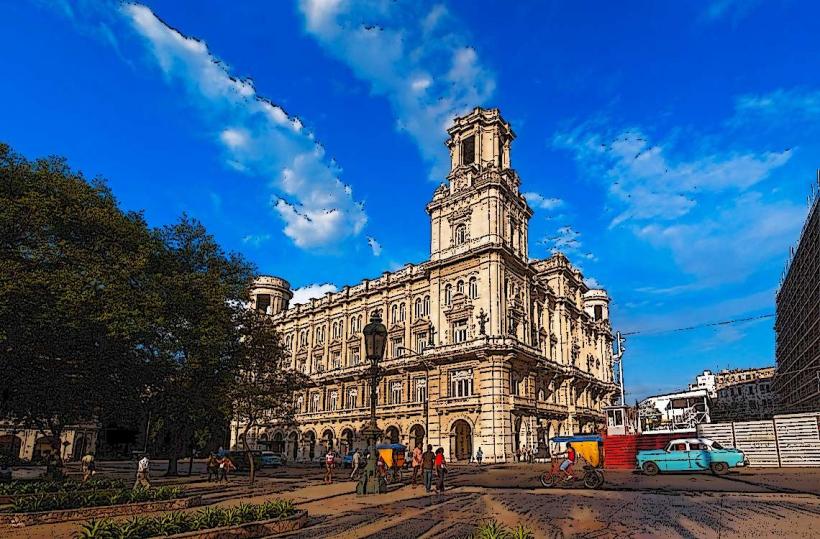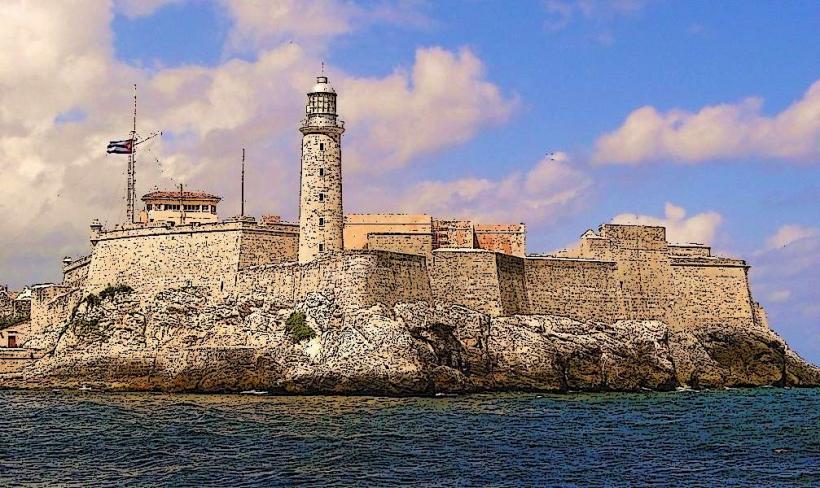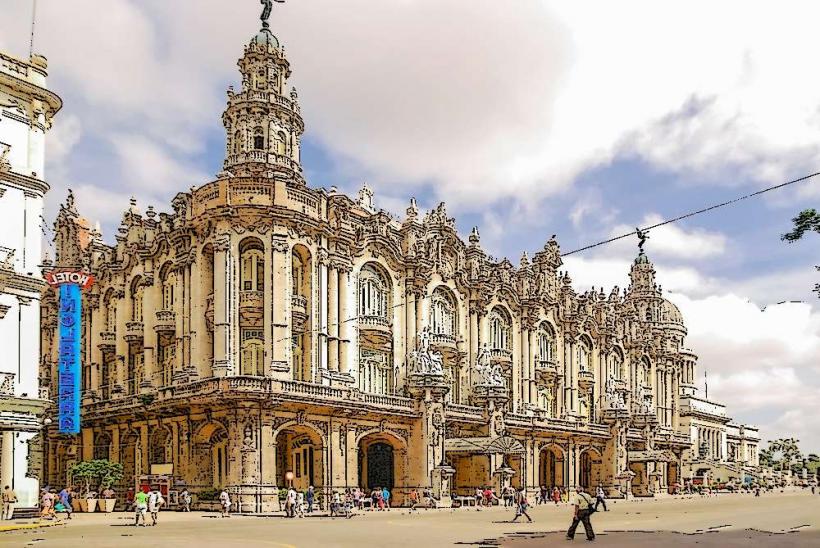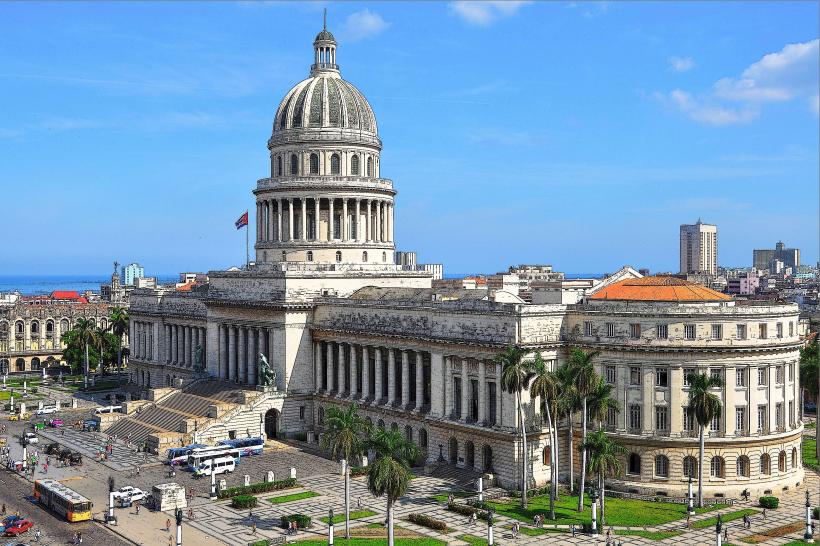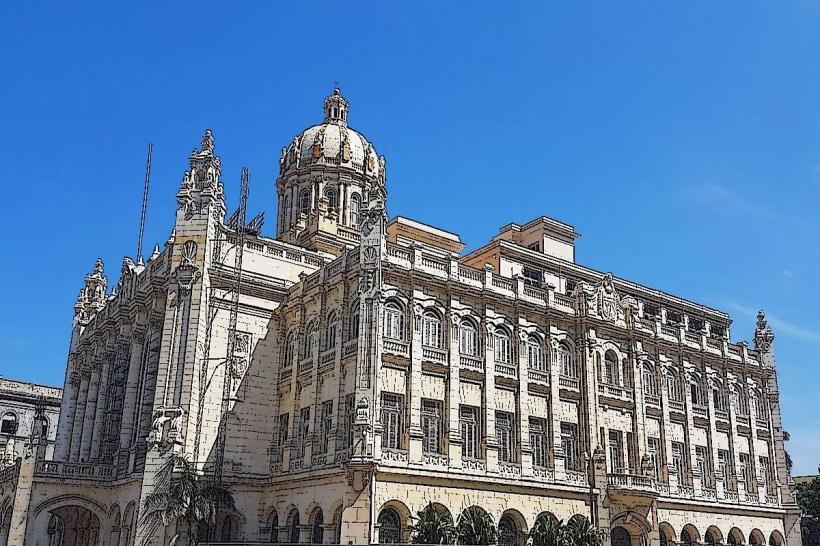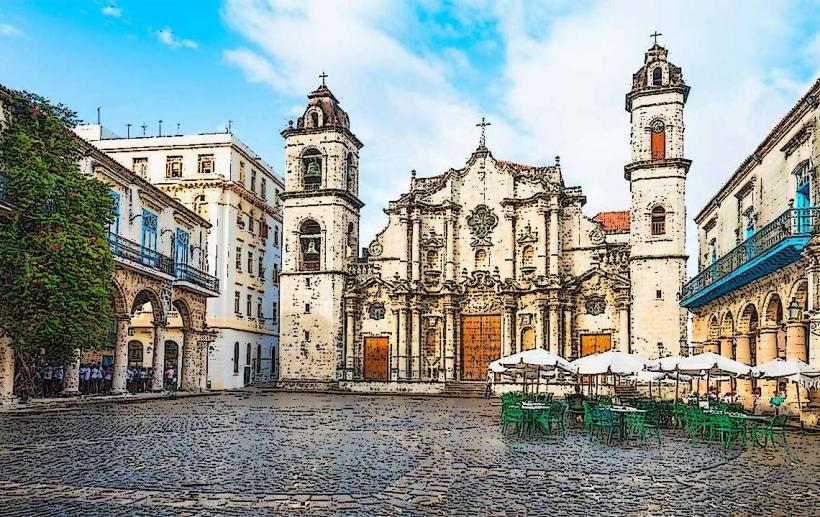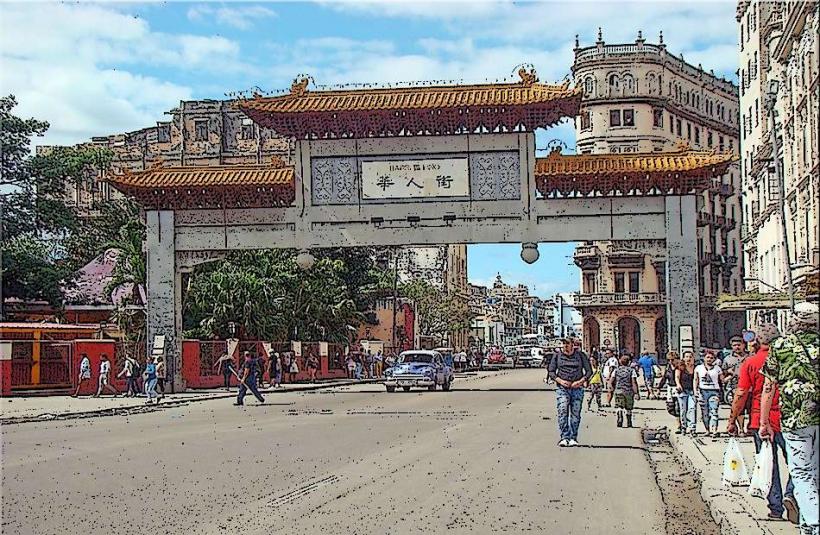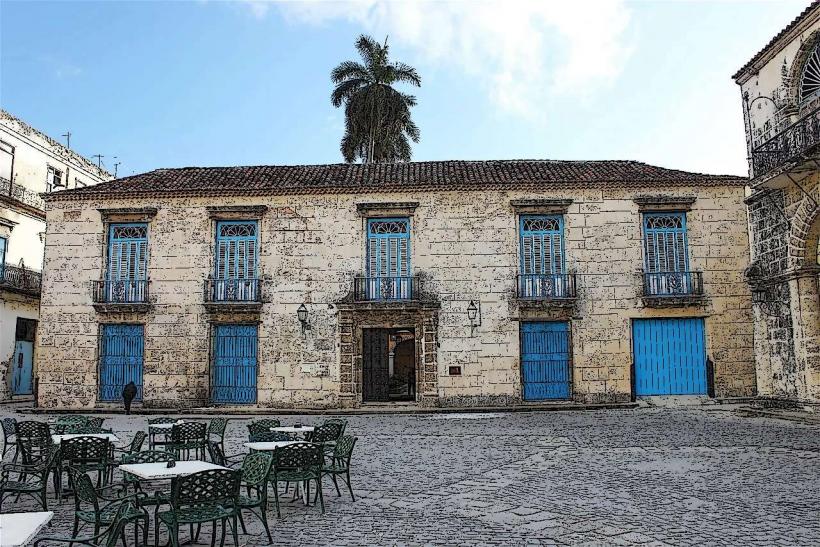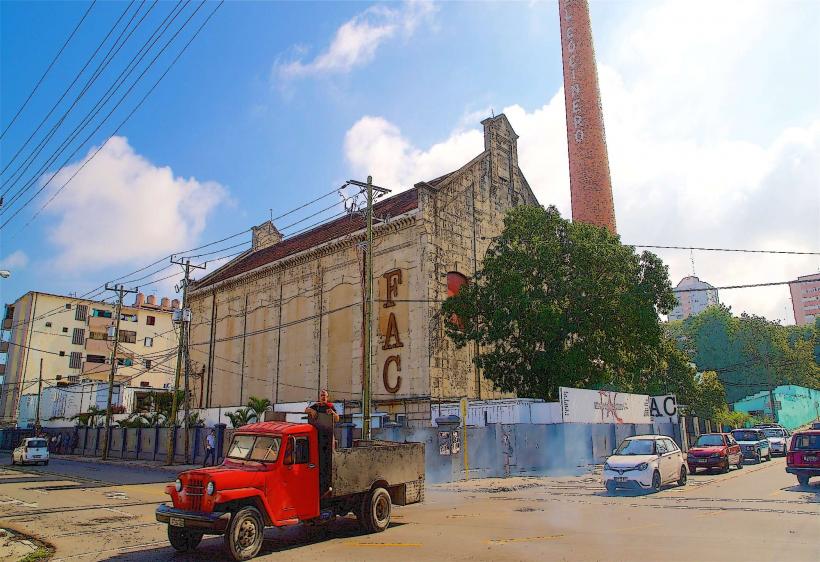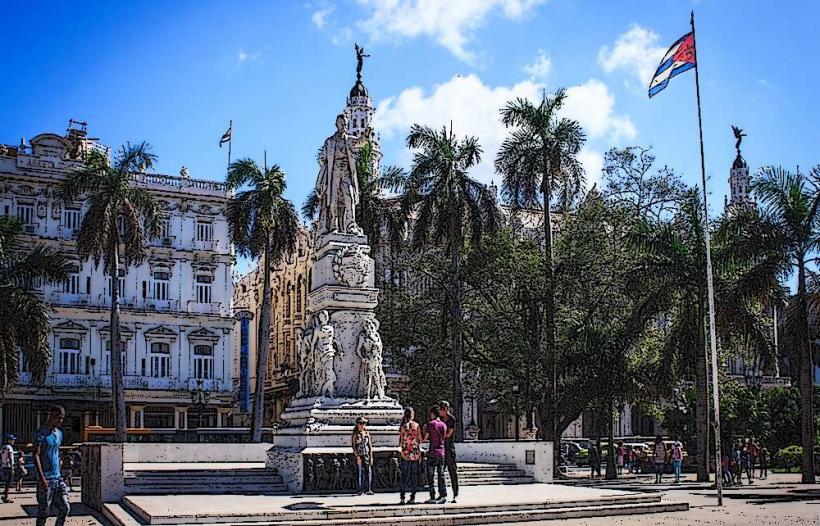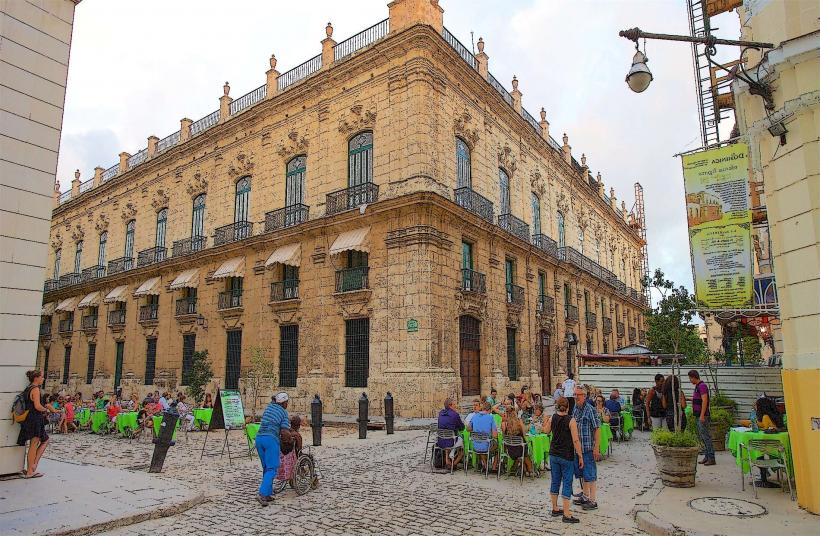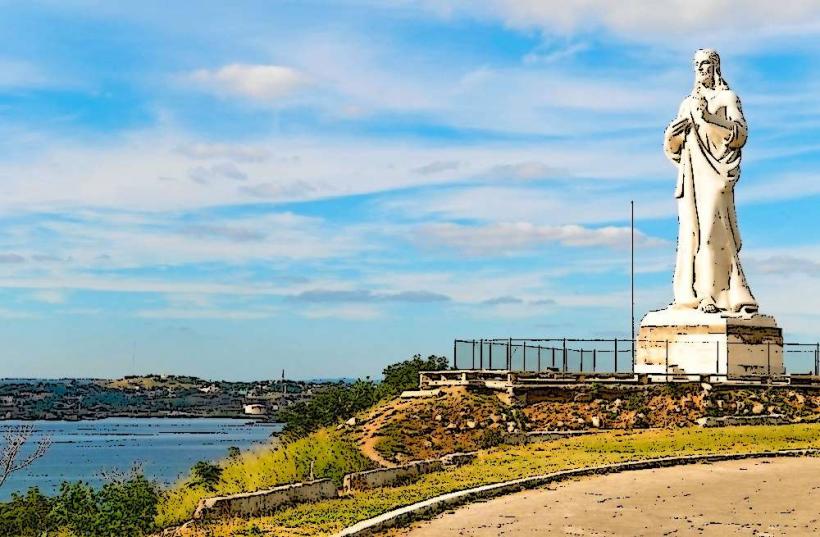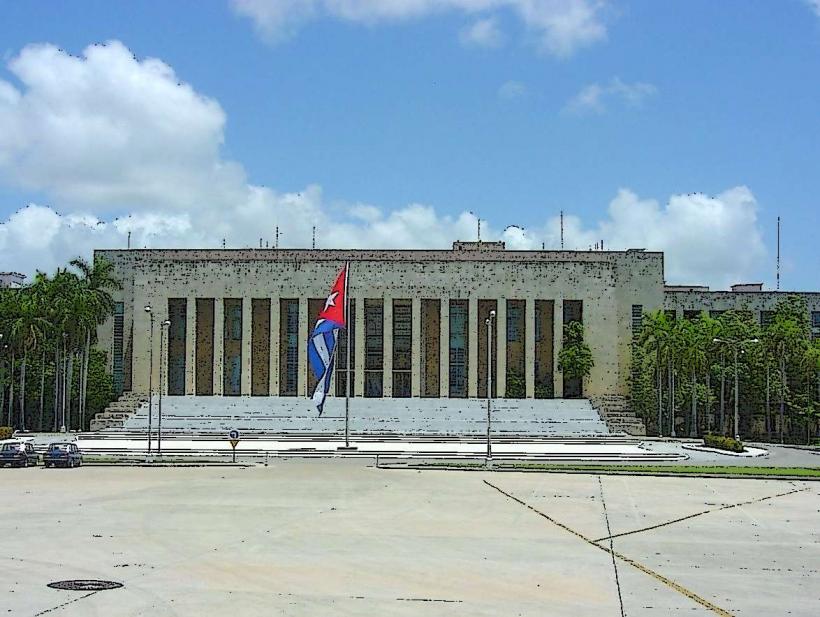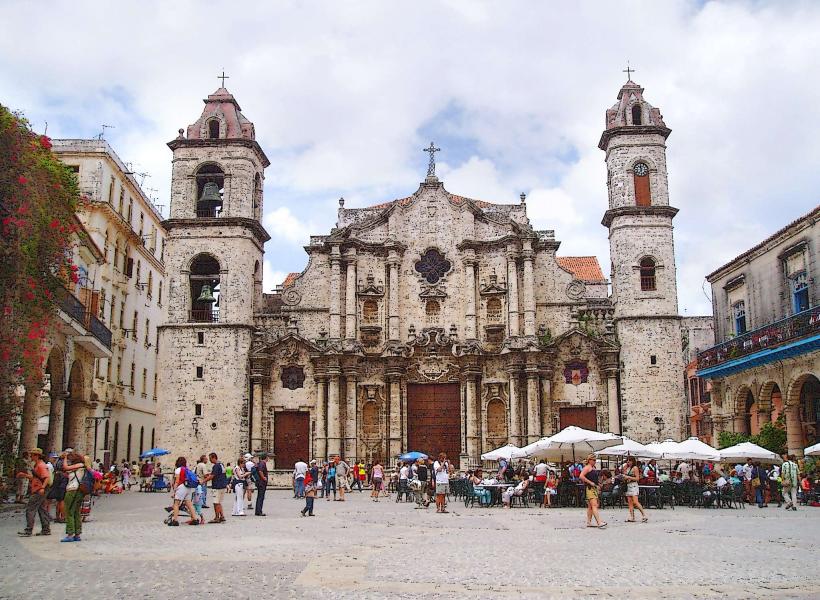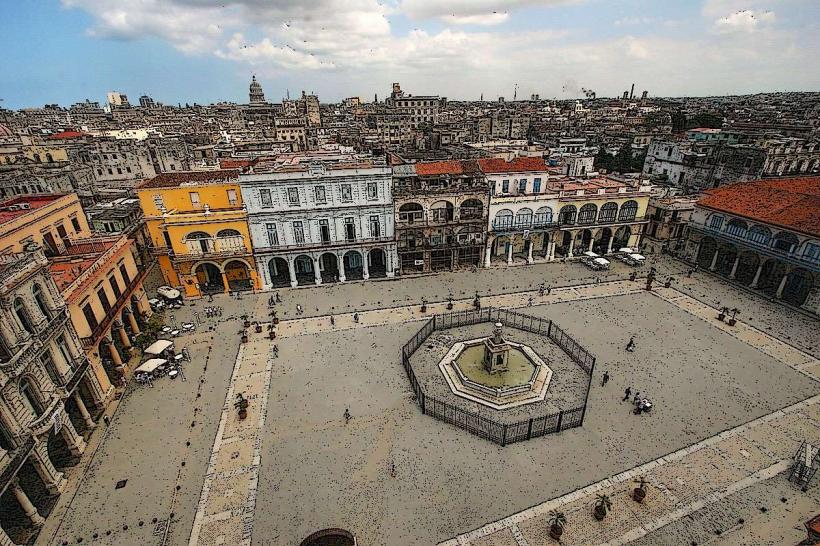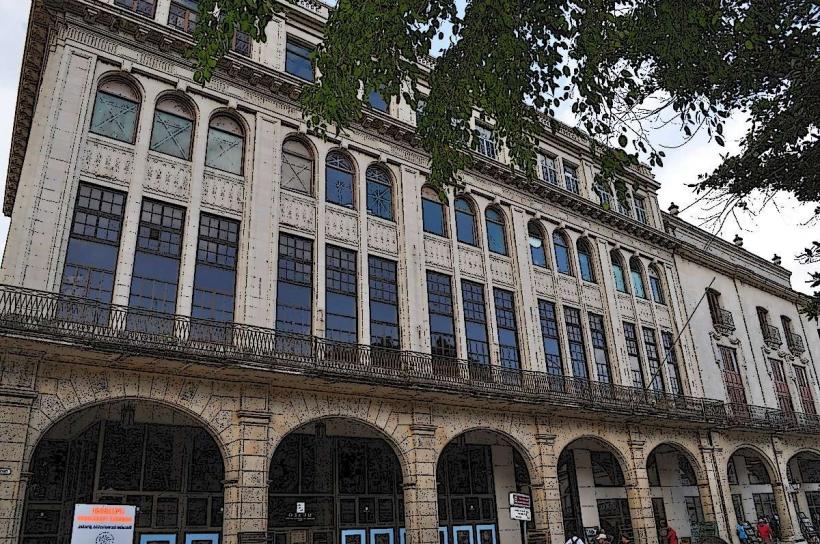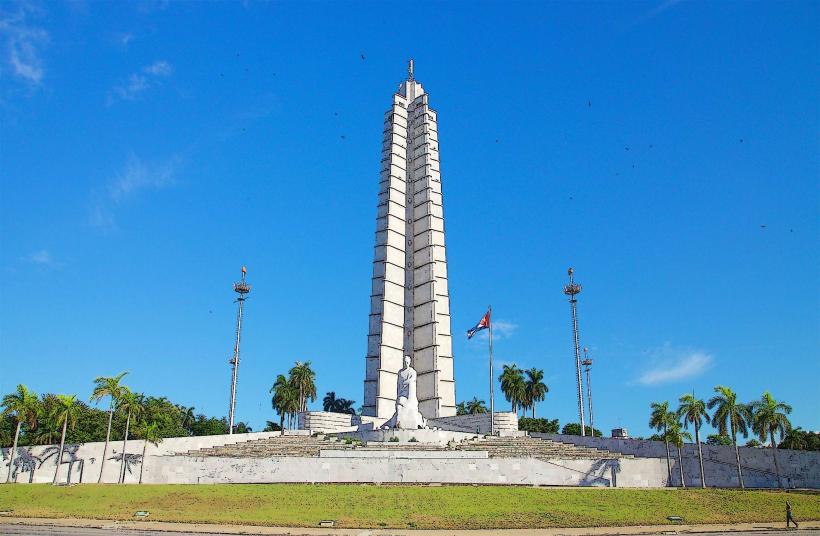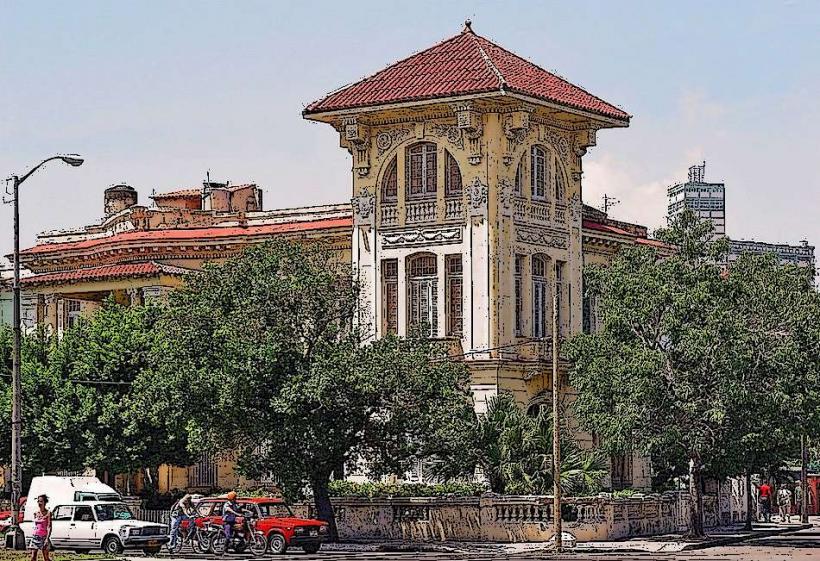Information
Landmark: VedadoCity: Havana
Country: Cuba
Continent: North America
Vedado is a vibrant and eclectic district in the western part of Havana, Cuba. Known for its tree-lined streets, modernist architecture, and cultural richness, Vedado stands in contrast to the more historical and colonial areas of the city, such as Habana Vieja (Old Havana). It is one of the more upscale and cosmopolitan neighborhoods in Havana, with a blend of residential areas, commercial zones, and prominent cultural institutions. Vedado is often considered the heart of Havana’s intellectual and artistic life, attracting both locals and tourists with its modernity, wide boulevards, and iconic landmarks.
Historical Overview
Vedado was founded in the mid-19th century as an upscale residential neighborhood. During the early 20th century, it became a hub for Havana’s upper class, with many wealthy families building mansions and private homes in the area. Over time, Vedado transformed into a cosmopolitan district that also attracted intellectuals, artists, and government officials. Its development was influenced by modernist architectural styles, particularly in the mid-20th century, and the district remains one of Havana's most prominent and vibrant areas.
Key Features and Landmarks
Vedado is home to several important cultural, historical, and architectural landmarks. The district’s urban planning contrasts with the narrow streets and colonial architecture of Habana Vieja, offering a more spacious and open feel.
Calle 23 (La Rampa): One of Vedado’s most famous streets, Calle 23, also known as La Rampa, is the district’s main thoroughfare. It is a bustling street lined with shops, restaurants, cafes, and entertainment venues. It is particularly lively at night, with bars, clubs, and theaters offering a variety of entertainment options. La Rampa is a central meeting point for both locals and tourists.
Plaza de la Revolución (Plaza of the Revolution): Located just on the edge of Vedado, this grand square is one of the most important landmarks in Cuba. It is the site of political rallies, parades, and state ceremonies. The plaza is surrounded by monumental buildings, including the Ministry of the Interior and the National Library. Notable features include the giant images of Che Guevara and Camilo Cienfuegos on the facades of the buildings. The square has played a crucial role in Cuban history and continues to be a symbol of the Cuban Revolution.
Cementerio de Colón (Colón Cemetery): One of the largest and most impressive cemeteries in Cuba, Cementerio de Colón is located in Vedado. Opened in 1876, it is known for its monumental tombs, marble statues, and intricate mausoleums. The cemetery is an important historical site and a peaceful place for reflection. It is the final resting place of several prominent Cuban figures, including politicians, intellectuals, and cultural leaders.
Teatro Nacional (National Theater): The Teatro Nacional is one of Cuba's most important cultural venues, located in Vedado. It hosts a wide variety of performances, including ballet, opera, and theater. The theater is part of the Cultural Complex of the Cuban Institute of Cinematographic Art and Industry and is an architectural masterpiece, with a distinctive modernist style.
Hotel Nacional de Cuba: An iconic landmark in Vedado, the Hotel Nacional de Cuba is one of the most famous hotels in Cuba. Opened in 1930, it has a long history of hosting celebrities, dignitaries, and political figures. The hotel’s grand architecture and stunning views of the Malecón and the Caribbean Sea make it a popular destination for tourists.
Fábrica de Arte Cubano (Cuban Art Factory): A creative and cultural hub located in Vedado, Fábrica de Arte Cubano is a multidisciplinary space where artists from various fields come together to showcase their work. This art gallery, performance space, and nightclub hosts exhibitions, concerts, film screenings, and other cultural events, making it one of the most dynamic places in Havana’s contemporary art scene.
Malecón: The famous Malecón is a long seafront promenade that stretches along the coastline of Havana, with Vedado located at one of its most scenic points. The Malecón is a popular place for walking, fishing, and socializing, offering spectacular views of the ocean and the city. The area is especially lively in the evening, with both locals and tourists gathering to watch the sunset, enjoy a drink, or listen to live music.
Architecture
Vedado is renowned for its modernist and mid-20th-century architecture, which sets it apart from the colonial buildings in Old Havana. The neighborhood boasts a mix of Art Deco, Neoclassical, and Rationalist architectural styles, reflecting the artistic and intellectual movements that flourished in Cuba during the early and mid-20th century.
Modernist Homes: The area is filled with stylish private homes and mansions, many of which were built in the 1920s and 1930s. These houses often feature clean lines, flat roofs, and open spaces, and many are surrounded by lush gardens. Some homes are grand in scale, showcasing the wealth and social standing of their original owners.
The Cúpula del Edificio de la Habana: This is one of the most iconic modernist buildings in Vedado, famous for its large dome. It is an example of how Vedado embraced the architectural trends of the early 20th century while still maintaining a sense of tradition and elegance.
Cultural Life
Vedado is one of the most culturally rich districts in Havana. It is home to numerous museums, galleries, theaters, and music venues, making it an important center for the arts and intellectual life in Cuba. The district has historically been home to many of Havana’s intellectuals, artists, and writers, and this influence is still seen today.
Cultural Events and Festivals: Vedado hosts a wide range of cultural events throughout the year, including art exhibitions, music festivals, and literary readings. The district is home to a variety of art galleries, such as the Cuban Institute of Cinematographic Art and Industry, where visitors can explore contemporary Cuban art and cinema.
Cuban Music Scene: Music is an integral part of Vedado’s cultural landscape. The area is home to several live music venues and nightclubs, where visitors can enjoy genres like jazz, son, and salsa. The Jazz Café, located in Vedado, is one of the most famous venues, where visitors can experience the vibrant Cuban jazz scene.
Social Life and Dining
Vedado is a lively district, with a wide range of restaurants, cafes, and bars offering both local Cuban cuisine and international fare. It is a great area to sample the diverse culinary influences that shape Havana’s food scene, from traditional Cuban dishes like ropa vieja to international flavors in modern cafes and fine-dining restaurants.
Restaurants: Vedado has a variety of dining options, from upscale restaurants to casual eateries. Many restaurants feature outdoor seating, allowing patrons to enjoy the pleasant climate while savoring local dishes such as lechón asado (roast pork) or tostones (fried plantains). Some of the most popular places to eat in Vedado include La Guarida, El Cocinero, and Los Nardos.
Nightlife: As night falls, Vedado transforms into one of the most lively areas of Havana, with a plethora of bars, clubs, and cafes. The district is especially known for its salsa clubs and live music venues, where visitors can dance the night away to Cuba’s signature rhythms.
Conclusion
Vedado is a dynamic and culturally rich neighborhood that showcases a different side of Havana. With its modernist architecture, vibrant cultural scene, and lively social life, Vedado offers a unique contrast to the historical charm of Old Havana. It is a hub for both locals and visitors, providing an array of cultural, historical, and recreational activities that reflect the diverse and cosmopolitan nature of modern-day Cuba. Whether you are interested in exploring the arts, dining, enjoying nightlife, or simply strolling through its tree-lined streets, Vedado is a must-visit district in Havana.

